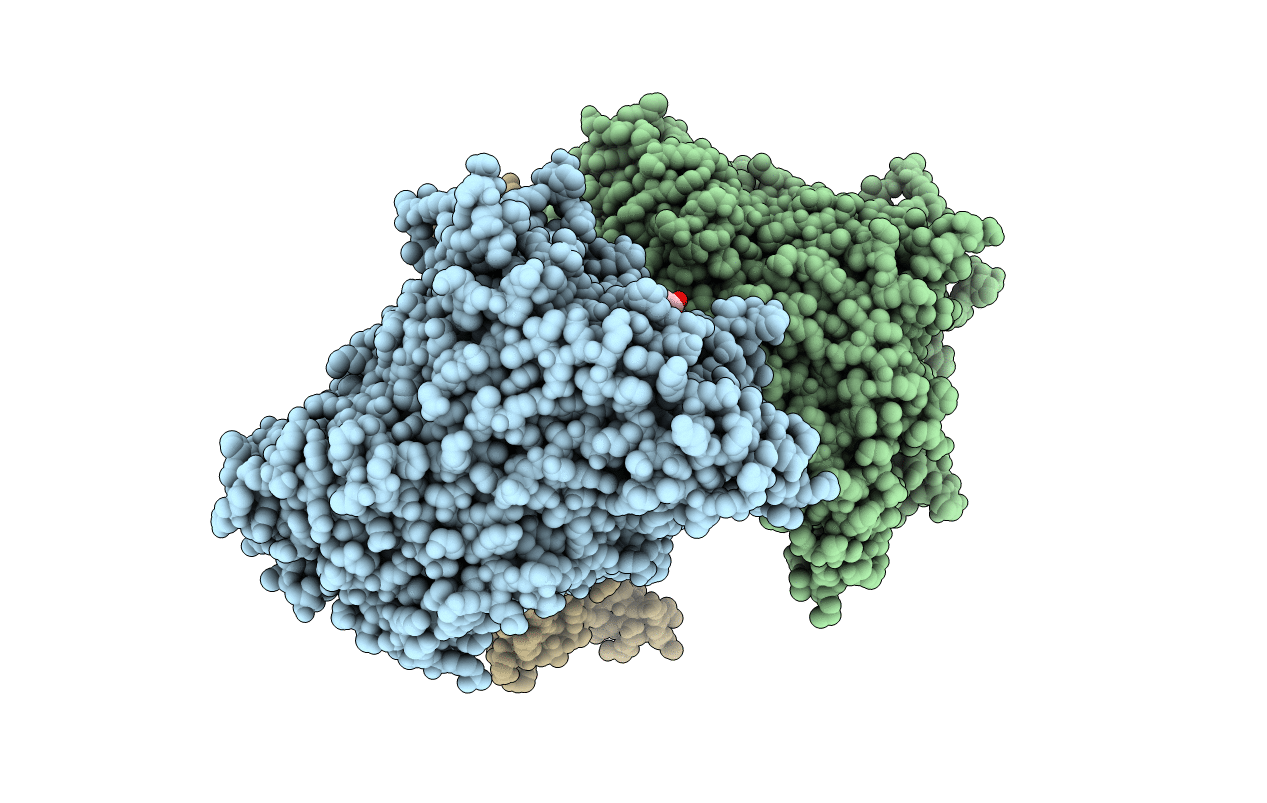
Deposition Date
2017-10-10
Release Date
2018-02-07
Last Version Date
2024-10-16
Method Details:
Experimental Method:
Resolution:
2.40 Å
R-Value Free:
0.23
R-Value Work:
0.21
R-Value Observed:
0.21
Space Group:
C 2 2 21


